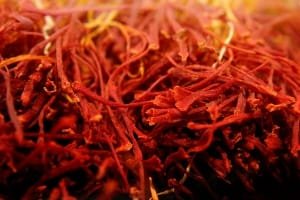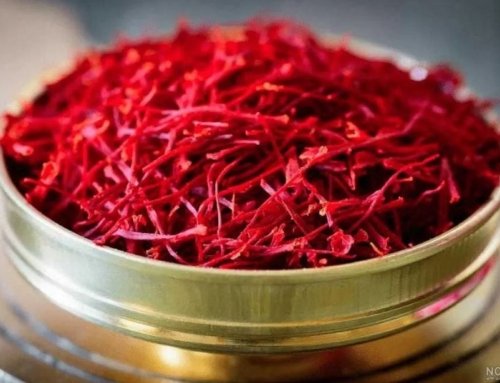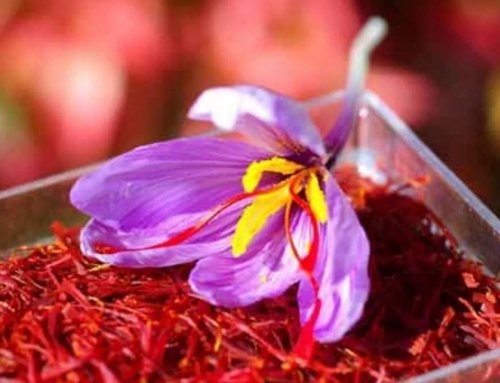Planting saffron in Gonabad city has a history of 700 years
The director of Gonabad Agricultural Jihad said: although Gonabad has a 700-year history in saffron cultivation, but the lack of scientific and industrial perspective and climate change has been an obstacle to the qualitative development of saffron cultivation in this city.
Alireza Hosseinzadeh stated: Currently, about 7,000 households and agricultural operators are active in the saffron sector. Also, the permanent employment created during the year is one thousand people, and farmers have a lot of hidden income in the agricultural sector.
He continued: Although the price of saffron decreased a lot this year and was expected to decrease again with the start of the harvest season, but with the timely arrival of the government and the start of supportive purchases, the price of saffron increased and a sharp decline was prevented.
The director of Gonabad Agricultural Jihad also stated: Although Gonabad has a 700-year history in saffron cultivation, but it is not possible to increase the area under cultivation, so it remains in the same 3500 hectares, but we try with training classes in the field. Nutrition and farm management, etc. We hold to increase performance per unit area.
Referring to the fact that the yield per unit area is now 4 to 4.5 kg, he said: Currently, saffron is collected and cleaned in Gonabad city in a traditional way.
Hosseinzadeh continued: Although the climatic conditions were unfavorable this year and we had heavy rains and cold, but the people came to the aid of the farmers and collected the flowers.
He said: The people of Gonabad even cleared a large number of flowers in the cities of Zaveh, Torbat-e-Jam, Taybad and Torbat-e-Heydariyeh. In fact, if the people did not help, the farmers would suffer a lot of damage.
There are 3500 hectares of saffron farms in Gonabad city, and it is predicted that 12 tons of dry saffron will be harvested, which will be the result of one thousand tons of flowers.



![Exporting Saffron to Turkey + Price Guide [Complete 0 to 100]](https://www.rowhanisaffron.com/wp-content/uploads/f1-372-500x383.jpg)




Get Social